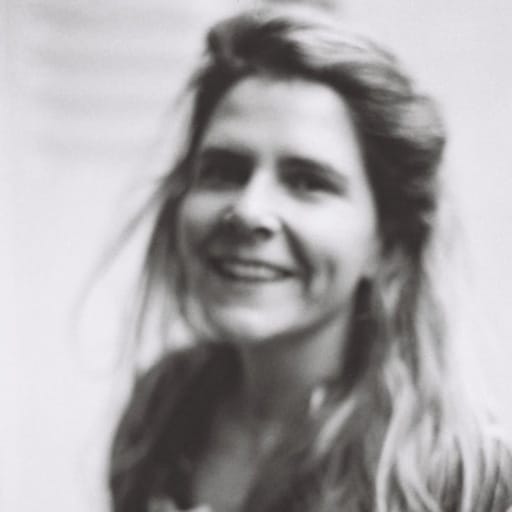The first baby steps seem a distant memory as PhotoBrussels launches the sixth iteration of the festival. The event has become an institution, bringing together some forty venues and giving a fresh impetus to photography in a capital where the medium is still struggling for recognition.
Slowly but surely photography is gaining ground in the Belgian capital as the PhotoBrussels Festival gets underway. There are exhibitions, workshops, conferences, and a large thematic exhibition at Hangar, the epicenter of the program. Among many events, the exhibition dedicated to Helen Levitt at the Fondation A Stichting will have you in awe; Galila Barzilai’s closely personal collection (reservation only) will take your breath away; and Cyril Albrecht’s work on the American “oasis civilization” at Contretype will leave you spellbound.
One site at the heart of the festival has become emblematic of contemporary photography in the Belgian capital. Envisioned by Rodolphe de Spoelberch and founded in 2015, Hangar, headed by festival co-founder Delphine Dumont, exhibits images in a warm industrial decor. The director’s spontaneous, yet tenacious, personality has assembled a dedicated team and built a powerful network finally able to give photography a remarkable place in the city.
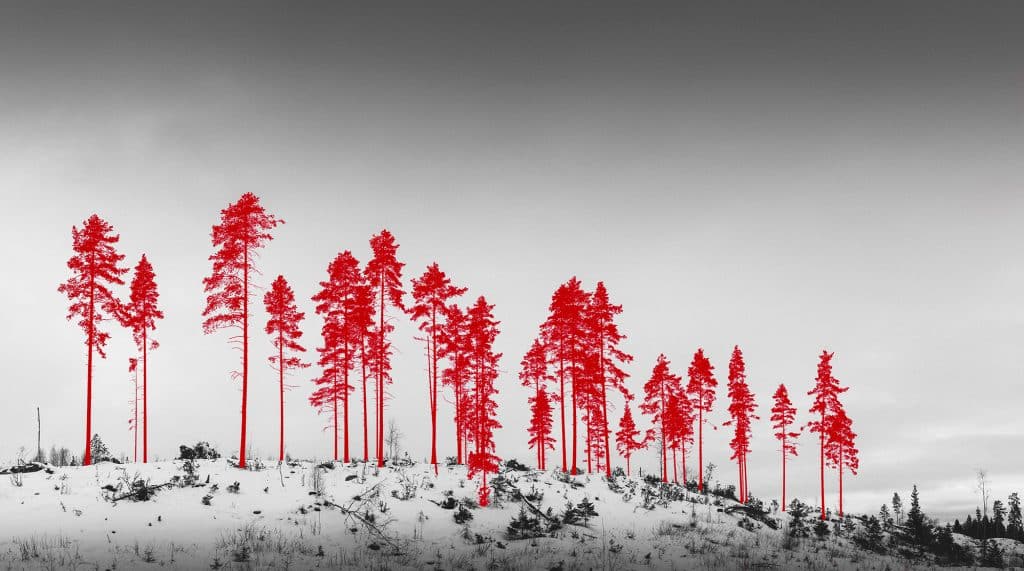
During this year’s festival, Hangar brings together some twenty artists in a thematic exhibition titled « In the Shadows of Trees ». Just as COP26 commits us to stop deforestation by 2030, the exhibition questions and illustrates the symbiotic relationship that links us to trees. Trees have been a staple in photography since its origins, whether in Anna Atkins’s herbarium published in 1843 or in Eugene Atget’s portraits of Parisian trees in the early twentieth century.
Today our relationship to the planet grows ever more critical. The film Don’t Look Up streaming on Netflix is Hollywood’s attempt to alert the general public to the need to preserve our resources. Following this logic of awareness, the exhibition focuses on committed works that show nature intact, on borrowed time, destroyed, or man-made.
All the works on display have one thing in common: they call us back to the world we live in, to what is within sight but what we rarely take the time to observe. Accordingly, some photographers examine the feeling of “déjà vu” and compel us to look anew: suddenly, trees look different, sublime, as if imbued with a renewed sense of poetry and fragile beauty.
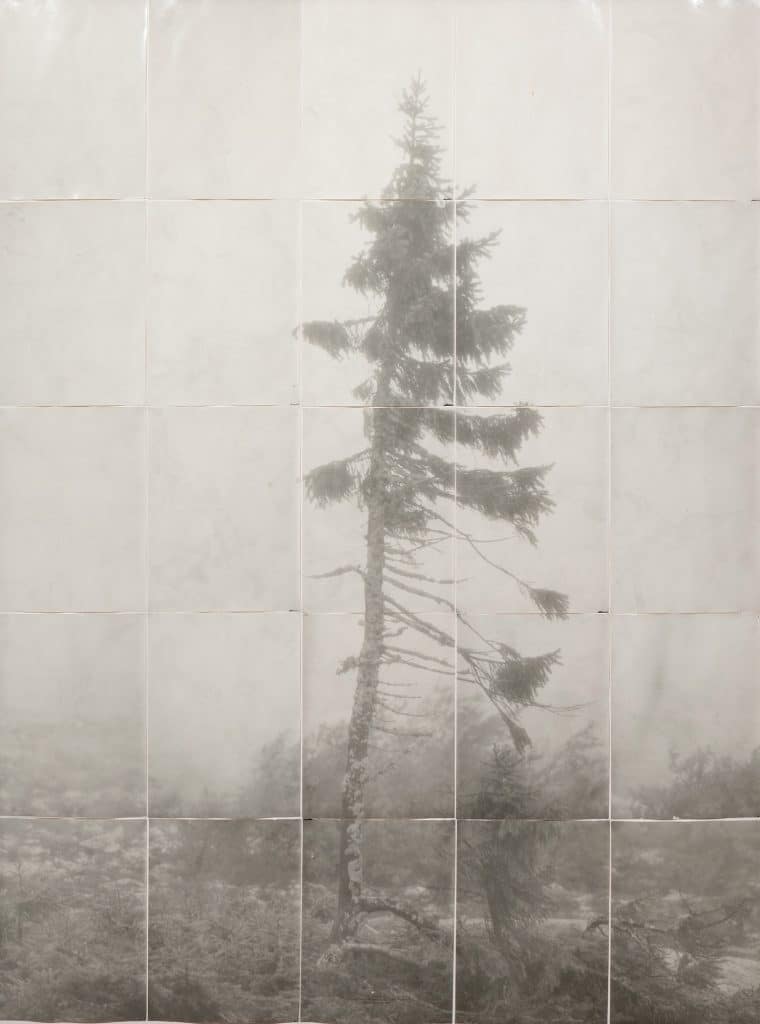
During a trip to a Swedish national park, Nicolai Howalt photographed a spruce tree whose location is kept secret. Why the enigma? Because this tree, estimated 9,600 years old, is the oldest standing timber on the planet. Using a single negative, Howalt reprinted it on a variety of papers, some dating back to the 1940s. The result is a subtle variation that reminds us that the photographic image is plural, unstable, unpredictable, and that it records the passage of time.
Kim Jungman, a South Korean photographer known for his celebrity shots, presents magnificent large-format portraits of trees printed on Korean rice paper. This is a very eye-catching series: it reveals the beauty of trees posed soberly in black and white. Mustapha Azeroual likewise experiments with the motif of the tree, omnipresent in our collective memory. Drawing on his scientific background, Azeroual combines traditional processes and digital tools to produce enigmatic artifacts.
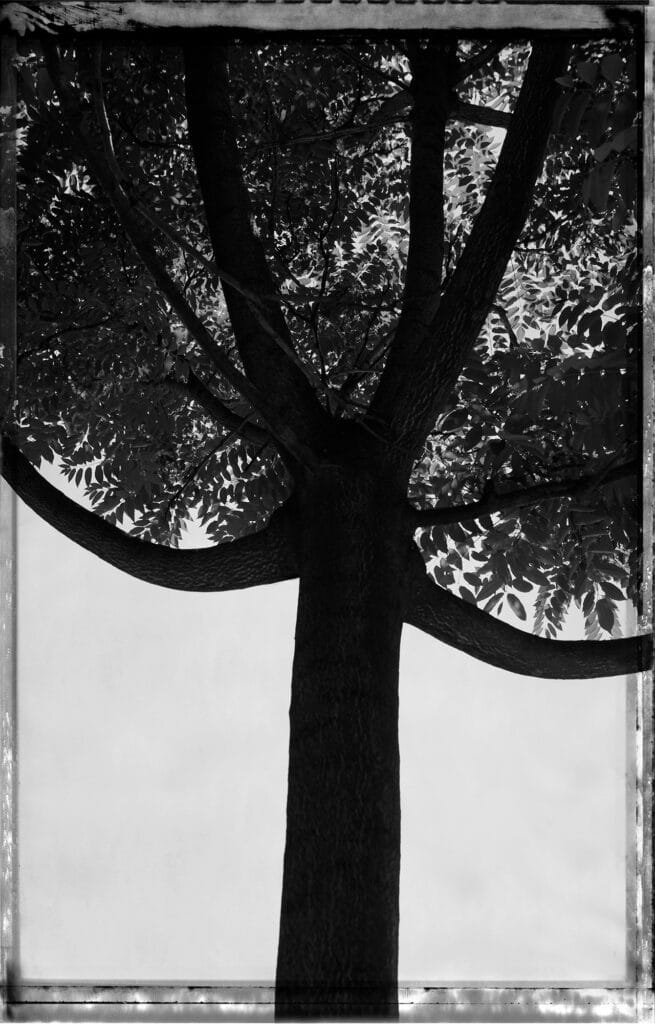
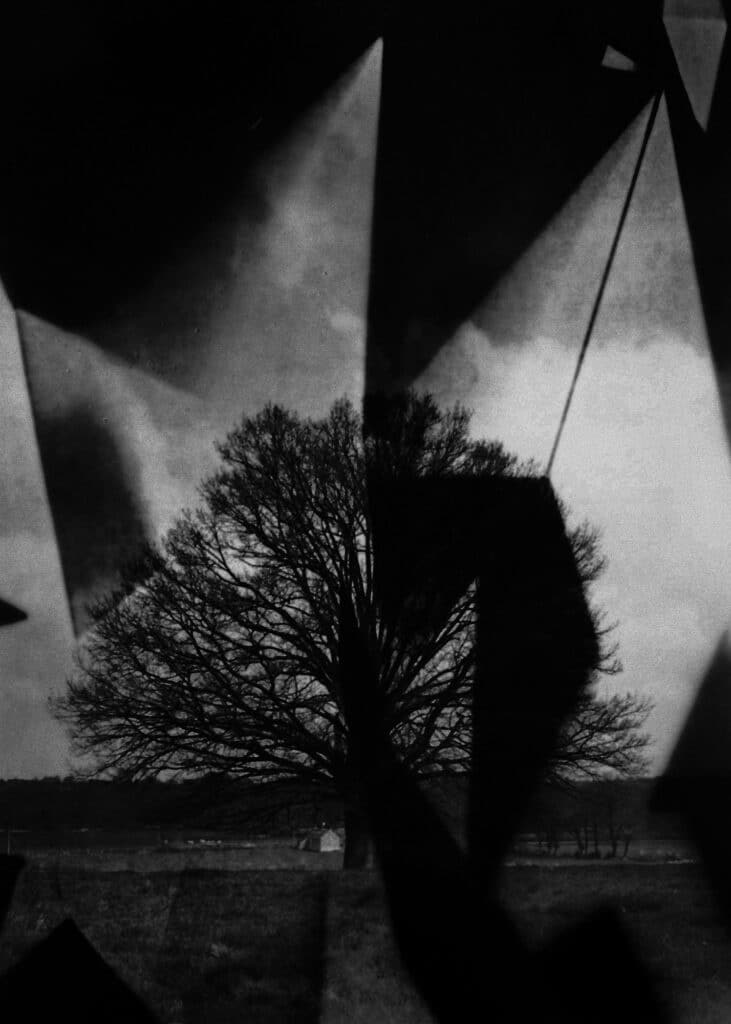
Trees are powerful symbols: they embody well-being and provide a release. Their restorative energy inspires some to “forest bathing,” and the woods’ therapeutic virtues are enumerated for the visitors. Such as a call to simplicity or meditation. Kíra Krász is the winner of the festival prize. This young Hungarian photographer moves us with her ability to play with scenery and her knack for collage. “Forests furnish the earth. Trees furnish the forests. I furnish the trees,” she declares, integrating old furniture into trees and questioning our relationship to construction.
Mitch Epstein’s monumental photographs from his « New York Harbor » series portray the majestic trees of the metropolis. Present in parks, along sidewalks, or in cemeteries, just like other city dwellers, they are the living memory of urban history and the basis for Epstein’s anthropological study.
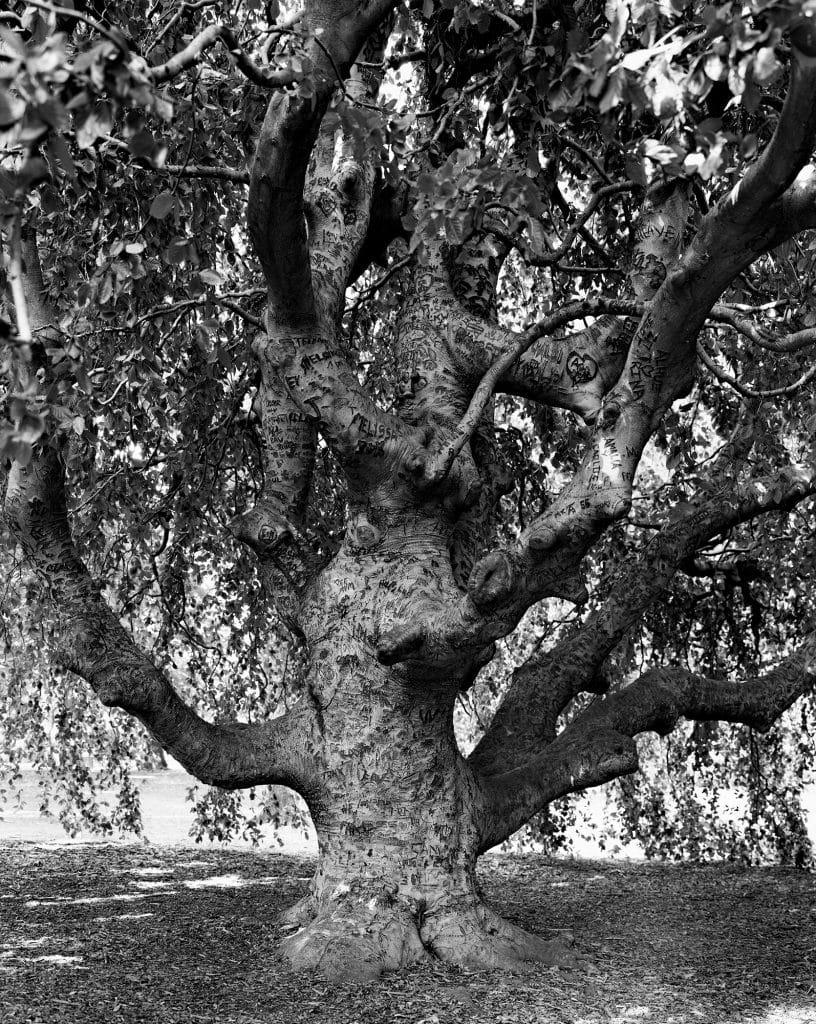
The exhibition also takes the visitor outside urban areas. Norwegian photographer Terje Abusdal tells the story of a community of farmers — the Skogfinn (forest-dwelling Finns) — a Norwegian ethnic group who still live in the forests and adhere to traditional beliefs. Abusdal’s photographs are unsettling because they blur reality and fiction and conjure up the mystical character of the forests.
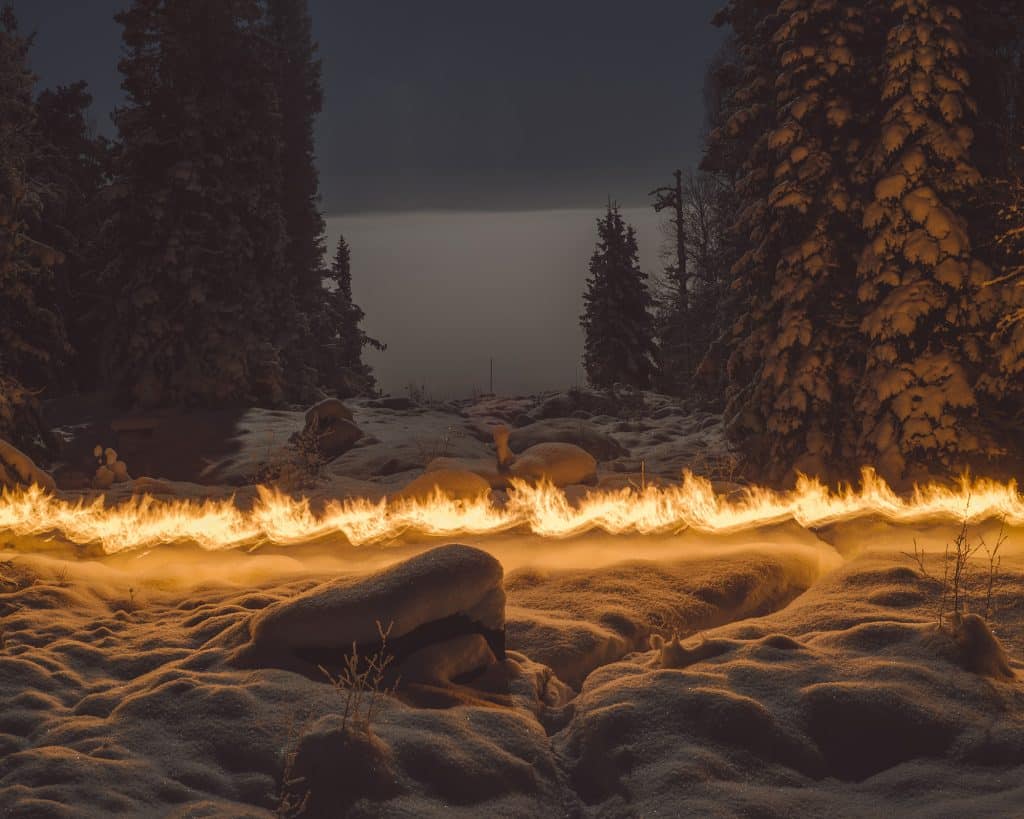
Perhaps the most abject subject-matter is the phenomenon that has intensified out of sight: deforestation and forest degradation, which are responsible for 11% of global greenhouse gas emissions. Eric Guglielmi produced his series « Paradis perdu » in a forest in the Congo Basin, the planet’s second green lung. Intensive agriculture, the exploitation of palm oil, and timber trade have accelerated deforestation. Guglielmi made platinum-palladium portraits of local people, emphasizing the presence of trees. The impoverished inhabitants pose amid devastated landscapes.
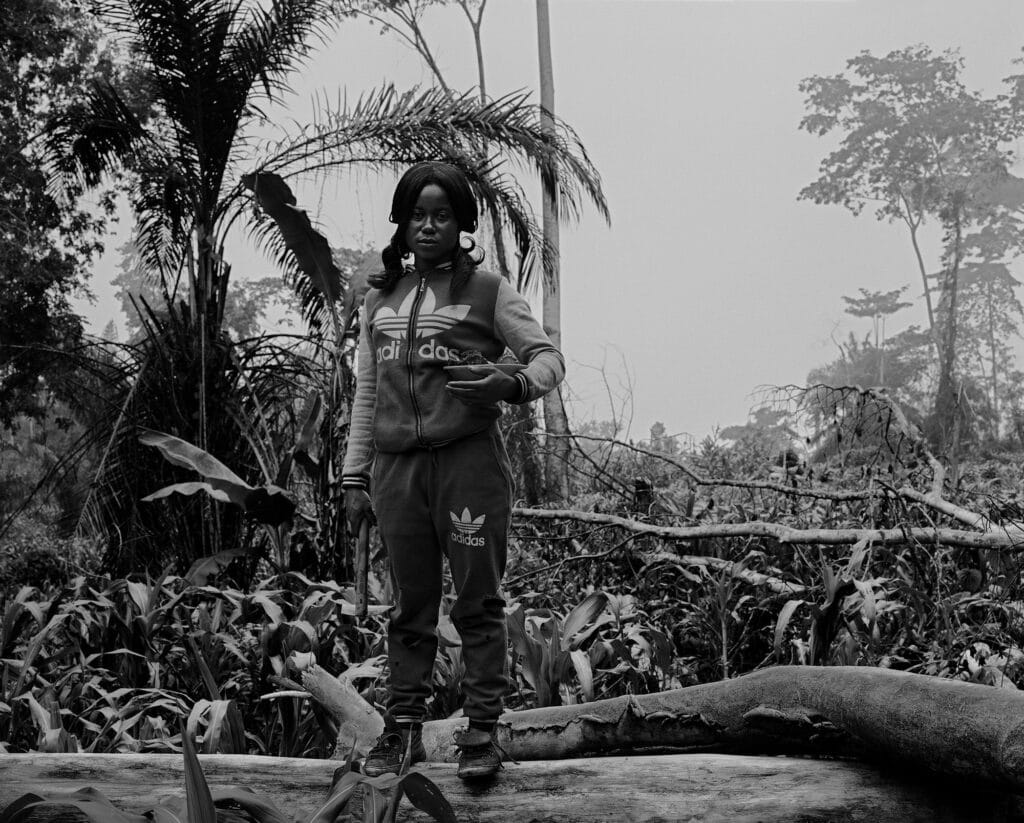
The exhibition also looks to the future and questions our relationship to nature in the virtual world, at a time when metaverses are the talk of the day, criticized for their potentially harmful environmental impact. The Dutch artist duo Persijn Broersen and Margit Lukács take us on a cinematic voyage where a wild, inaccessible Polish forest is reconstituted using the technique of photogrammetry. The forest becomes a place to walk and reveals the potential of digital technology to spark our imagination.
Perhaps a more unified theme would have lent the whole greater consistency, but the Hangar exhibition forces us to reconsider how we have developed our habits, often disregarding the limited nature of available resources. The festival frames works by committed artists, key witnesses to the visible traces of our impact on the planet. They force us to see by confronting us with their images and that is no small victory. As the popular song goes, “Bruxelles, attends-moi, j’arrive” / “Brussels, wait, I’m on my way.”
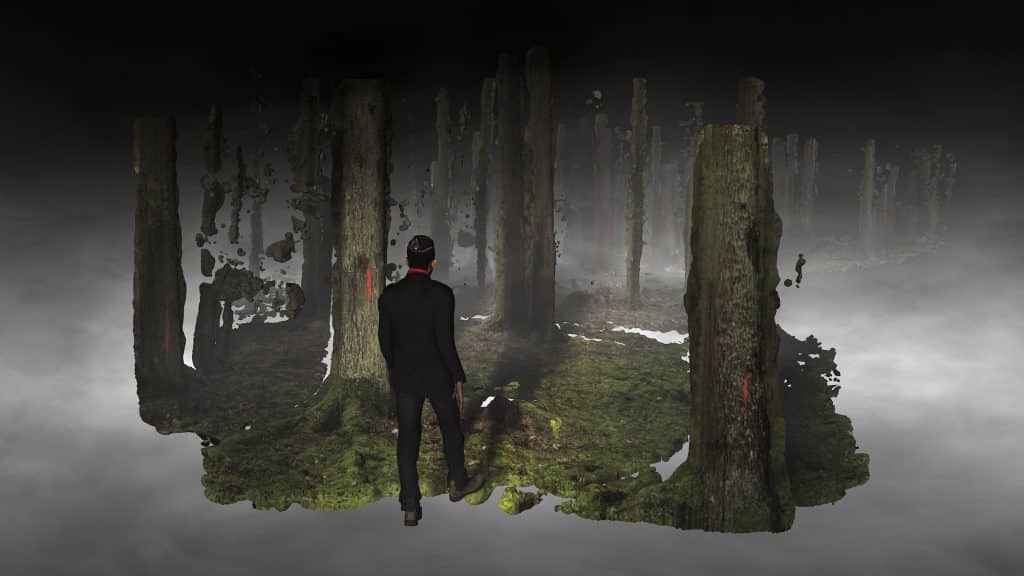
By Clara Bastid
Clara Bastid is a Development officer at La Gaîté Lyrique, in Paris, and an independent exhibition curator.
6th PhotoBrussels Festival, January 21 to March 26, 2022.

